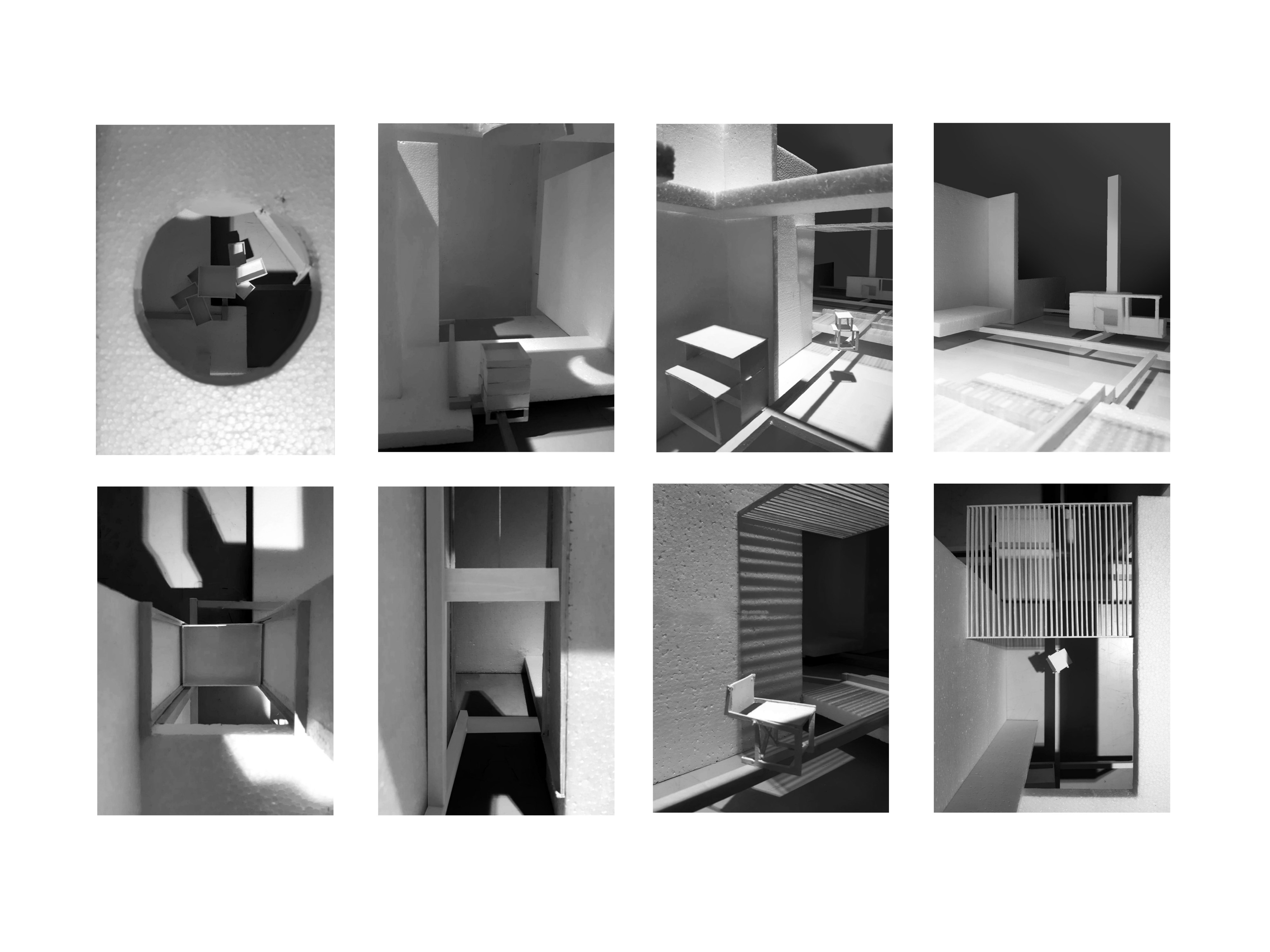

家宅 之三:地之家A HOUSE A HOME III: GROUNDS
港大建築 2020秋 二年級設計工作室
HKU Fall 2020 YEAR 2 DESIGN STUDIO
All building begins with the ground.
The ground is where we usually enter buildings; it is also where a building meets the world around it. On an architectural project, the datum level of the ground is an horizontal plane of reference from which all vertical setting out is measured. To define the ground condition in quality and quantity is the “first act of design” for a project of architecture.
This studio is devoted to the houses of modernity whose relationship to the ground were often misread, overlooked, or taken for granted. Each set of houses posits a peculiar relationship to the datum - below, within, above, and over. These ground conditions present different methods of construction and siting, with which architects and dwellers interrogate domestic conventions and explore possibilities to live modern. This intersection of techniques of building and living is the focus of our investigation.
The studio develops a method emphasizing the following:
1. Building: Analyze the construction of the ground and its relationship to the domestic space;
2. Text: Analyze the construction of subjectivities by way of two sets of text - the architect’s “autobiography” and the client/dweller’s “gossip column”;
3. Context: Explore and speculate the cultural and historical references as the context of the production and reception of the house.
港大建築 2020秋 二年級設計工作室
HKU Fall 2020 YEAR 2 DESIGN STUDIO
All building begins with the ground.
The ground is where we usually enter buildings; it is also where a building meets the world around it. On an architectural project, the datum level of the ground is an horizontal plane of reference from which all vertical setting out is measured. To define the ground condition in quality and quantity is the “first act of design” for a project of architecture.
This studio is devoted to the houses of modernity whose relationship to the ground were often misread, overlooked, or taken for granted. Each set of houses posits a peculiar relationship to the datum - below, within, above, and over. These ground conditions present different methods of construction and siting, with which architects and dwellers interrogate domestic conventions and explore possibilities to live modern. This intersection of techniques of building and living is the focus of our investigation.
The studio develops a method emphasizing the following:
1. Building: Analyze the construction of the ground and its relationship to the domestic space;
2. Text: Analyze the construction of subjectivities by way of two sets of text - the architect’s “autobiography” and the client/dweller’s “gossip column”;
3. Context: Explore and speculate the cultural and historical references as the context of the production and reception of the house.
Students:
Cai Yijun, Lincoln Chan, Winnie Heung, Mingrou Hon, Leung Hiu Lam, Issac Ma, Eloisa Maliwat, Ivan Santoso, Susan Tam, Wang Ziyuan, Matthew Wong











